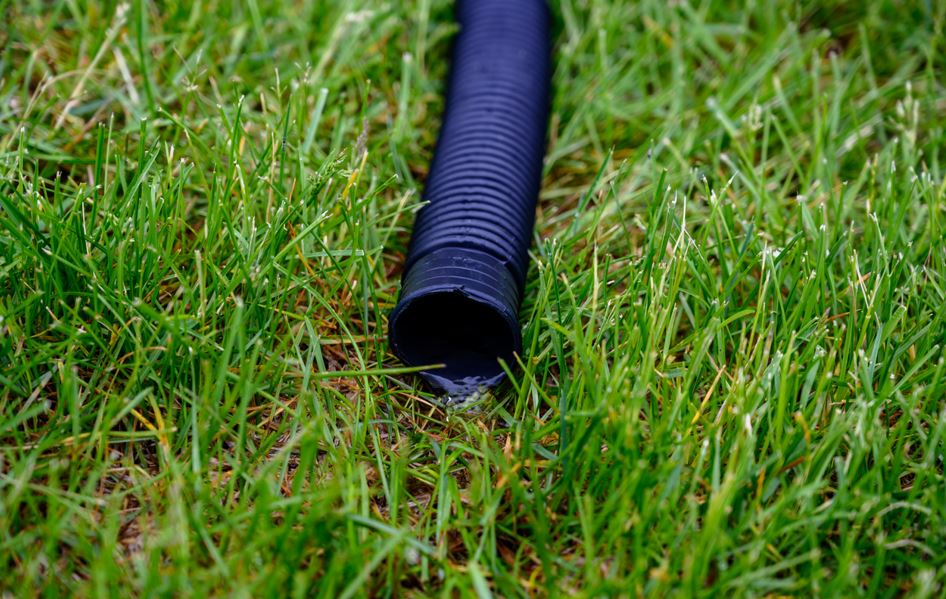Have you ever heard of a sump pump? If not, you need to get acquainted with this important part of your home. All plumbers know they’re an integral piece of plumbing that you must properly maintain within a home. The consequence of improper maintenance can result in a damaged sump pump, which will have you find out its importance and what a sump pump does in the worst way possible.
Avoid learning the hard way by understanding how a sump pump works, so you know how to maintain it and keep potential water damage at bay!
History of the Sump Pump
A sump pump has always been a necessity that has spanned thousands of years. Back in 2000 BC, Egyptians invented the prototype of a sump pump. Known as a shadoof, it consisted of a bucket on a rod with a weight at the other end. It would then dunk in and pull water up and out.
Building upon the shadoof, the Greek inventor Ctesibius invented the water organ: an air pump with a tank of water stuck between the valves on the bottom and a row of pipes on top. From Ctesibius, Archimedes added to the early developments of a sump pump by trapping water from a source and then forcing it to move to a different location.
However, the sump pump that we know today that’s available at home was invented by U.S. Navy electrician Karl Niedermeyer in 1946. It soon became a mandatory inclusion for homes after the late 80s since it helped prevent groundwater intrusion by removing water accumulated in the sump basin.
The Purpose of a Sump Pump
Do you know all that extra water that pours down on your house during heavy rainfalls or after storms? Have you ever wondered where it all goes? It doesn’t just magically disappear.
Sump pumps are pits beneath a structure designed to collect water during such circumstances to help prevent flooding. You can find them located in the lowest portion of a home or building – namely in basements. When the sump pump’s water level reaches a certain point, it automatically turns on and pumps the water out of the pit and away from the home or building’s foundation. Generally, the amount of moisture you have dictates how often your sump pump runs.
Consequences of a Damaged Sump Pump
Beyond flooding on your basement floor, there are other lingering problems that a damaged sump pump can pose. All the excess water in your home will warp any wood, cause rot, and be a breeding ground for mould to grow.
To avoid those issues, you need to check for the tell-tale signs of sump pump failure and get it replaced immediately. The lifespan of a sump pump is typically ten years on average. So, if yours is older, it’s at a higher risk of failing on you.
A sump pump is meant to collect water. So, if there is not much water while it’s running, it’s clear that the system was not installed correctly or connected to a drainage system. In addition, a clog can impact your sump pump from a jammed float switch, dirty mechanical parts, or tangled switches.
Other potential signs to look out for are:
- Strange noises
- Visible rust
- It vibrates too much when running
- Infrequent pump usage
- Running too much
- Irregular cycling
Maintenance for a Sump Pump
Sump pumps practically act as the digestive tract of our home by relieving excess water outside the home. In which case, how do you take care of a sump pump? You can do a few maintenance tasks and preventative measures to ensure your sump pump stays in working order.
For maintenance, it’s recommended to get a sump pump regularly inspected every three to four months, with a more in-depth one to be done annually by a plumber.
See what you can do yourself down below:
- Clear any debris, mud or rocks that you find — this helps prevent clogs. If it looks greasy, you might have issues with your sump pump’s motor.
- Ensure the drain hose is connected and not blocked or frozen.
- Check whether the float is resting on top of the water and whether it can move freely. If blocked or no longer floating, it’s not going to work correctly.
- Test by turning it on and checking outside to see if anything comes out. Your discharge pipe needs attention if it’s running inside, but nothing is coming out.
- Look for blockages from larger rocks or twigs caught in the discharge pipe.
Sump pumps are a highly underrated part of our homes. They do so much in ways we never thought possible. With proper maintenance and care, you can ensure it stays working when you need it the most.

